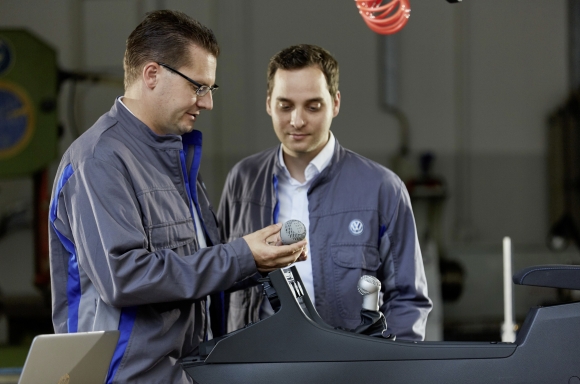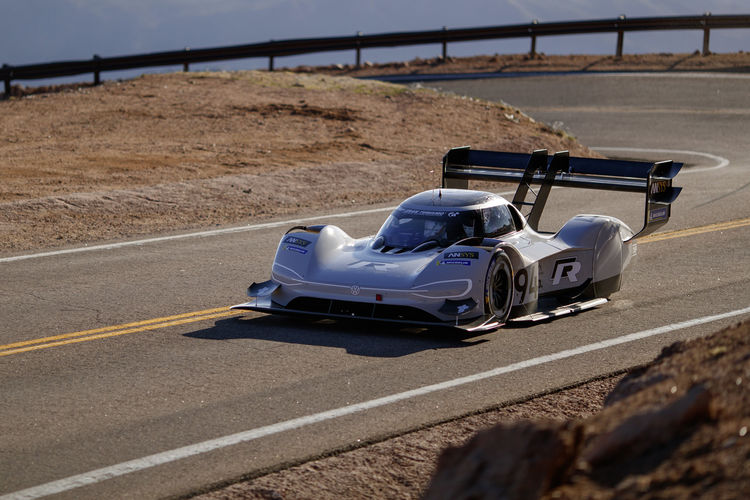Earlier this week, the tech giant HP generated a ton of buzz with the announcement of HP Metal Jet, the company’s new and potentially groundbreaking metal additive manufacturing system that is capable of mass production. HP also revealed that a handful of renowned manufacturers, such as Volkswagen and Wilo, have already started utilizing this exciting new technology on their own production floors.
Now, Volkswagen has made its own announcement about the integration of HP’s new system, which it hopes will bring mass production via 3D printing to the automotive industry. The German car maker claims that it will become the first automotive manufacturer to use the HP Metal Jet process.
Similar to HP’s Multi Jet Fusion technology, the HP Metal Jet process involves using a metallic powder and binder material to produce objects layer-by-layer. The resulting print is then “baked” into a metallic component in a sintering process. This process is different from other metal 3D printing techniques in that it doesn’t use a laser.
The HP Metal Jet process is engineered to simplify and speed up metal additive manufacturing. In fact, HP alleges that its system improves productivity up to fifty times when compared to other 3D printing methods.
Volkswagen has partnered with HP and GKN Powder Metallurgy to develop a metal 3D printing workflow that will be advantageous for use in mass production.
Dr Martin Goede, Head of Technology Planning and Development, Volkswagen, said: “Automotive production is facing major challenges: our customers are increasingly expecting more personalization options. At the same time, complexity is increasing with the number of new models. That’s why we are relying on state-of-the-art technologies to ensure a smooth and fast production. 3D printing plays a particularly important role in manufacturing of individual parts.”

Volkswagen Turns to HP Metal 3D Printing to Mass Produce Small Personalized Components
Currently, a Volkswagen vehicle is comprised of anywhere between 6,000 to 8,000 different parts. The company explains that 3D printing has previously only been used for manufacturing prototypes or special individual parts.
But now, with HP’s 3D Metal Jet technology on the way, it will be possible to produce a large number of parts without needing to produce corresponding tools. As a result, the time it takes to manufacture a part is drastically reduced.
Volkswagen is working with its partners to further develop the technology so that it will be possible to print design elements, starting off with a small series.
Such design elements include printing tailgate lettering, gear knobs or keys with personalized aspects. The company hopes to be able to offer such individualization to customers as soon as possible.
“A complete vehicle will probably not be manufactured by a 3D printer any time soon, but the number and size of parts from the 3D printer will increase significantly… Our goal is to integrate printed structural parts into the next generation of vehicles as quickly as possible. In the long term, we expect a continuous increase in unit numbers, part sizes and technical requirements – right up to soccer-size parts of over 100,000 units per year,” explained Dr. Goede.
Source: Press Release

License: The text of "Volkswagen Uses HP Metal Jet System to Mass Produce 3D Printed Components" by All3DP is licensed under a Creative Commons Attribution 4.0 International License.